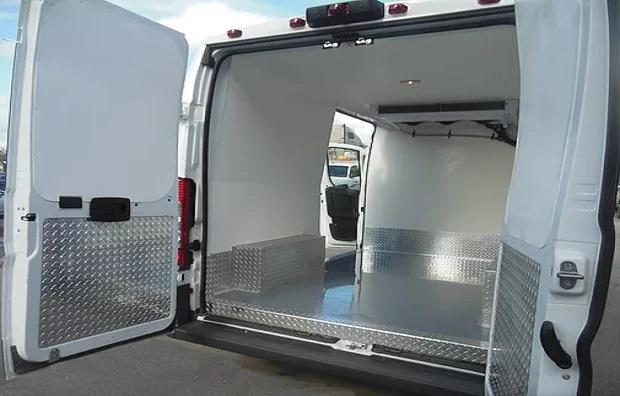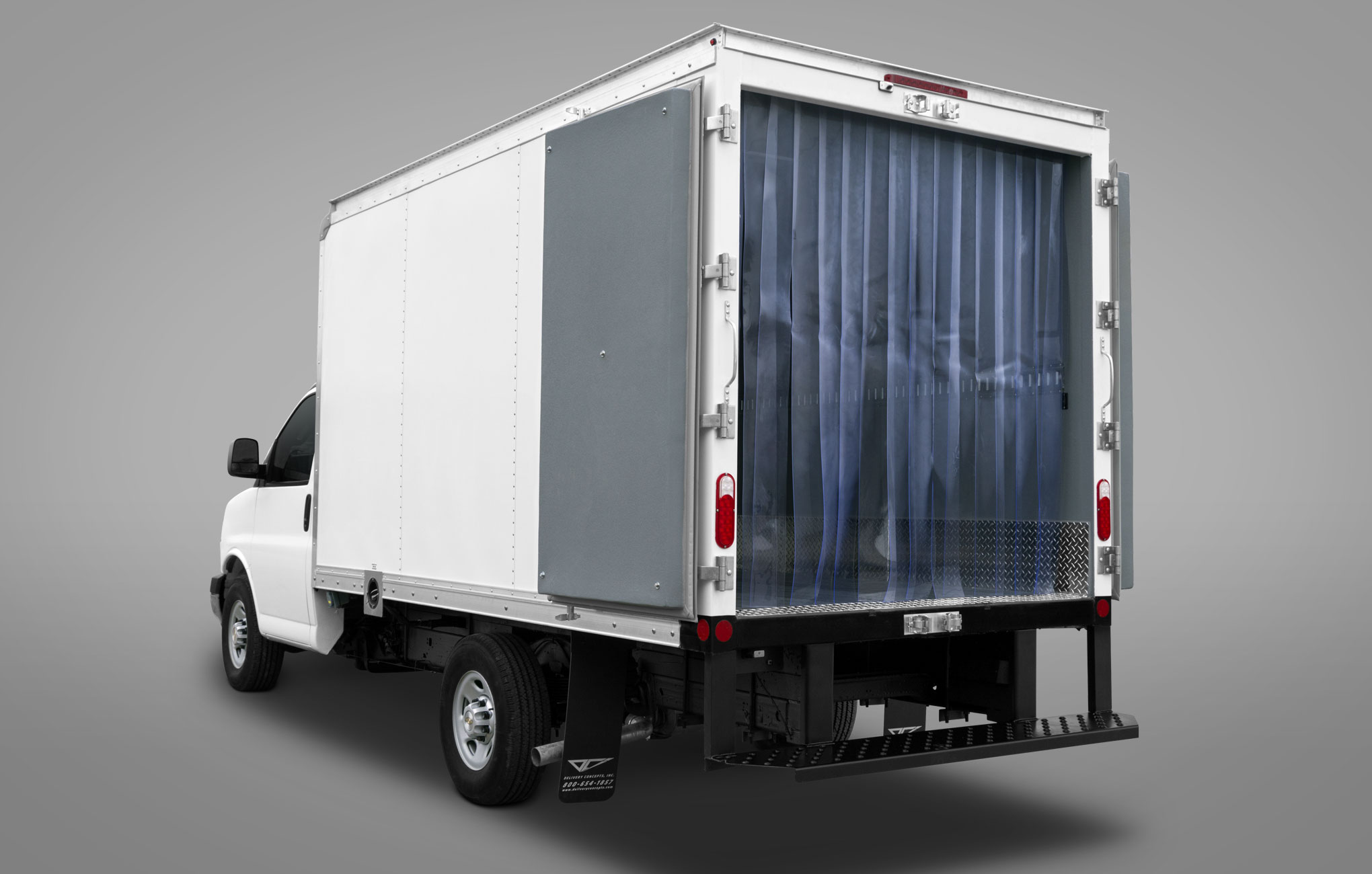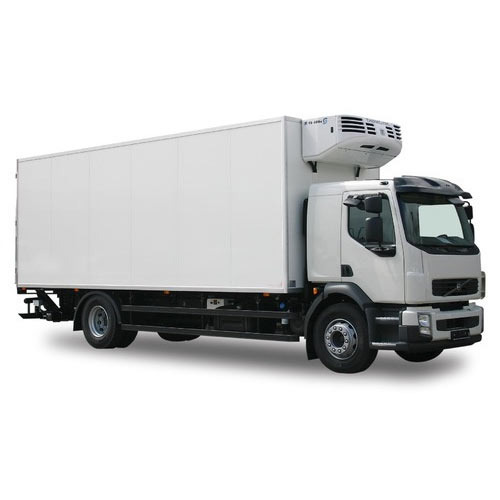The transport of frozen or fresh food requires the maintenance of a constant and precise temperature. The vehicles used must be adapted to the volume of goods transported and must meet hygiene requirements. They must also be well controlled and comply with the standards in force for refrigerated transport.
What Are the Requirements and Regulations for Refrigerated Transport?
There are regulations in force concerning refrigerated transport that must be respected. It is essential to have an ATP certificate to drive a refrigerated vehicle. This guarantees the safety of the transporter and the goods to be transported. About 50 countries co-sign this certificate. It contains all the requirements that refrigerated trucks must meet.
For a new vehicle or a prototype body tested in an official ATP, the certificate’s validity is about 6 years. This certificate must also be displayed and visible on their walls. To put the vehicle into service and obtain a driving license, it must undergo a conformity test at a center authorized by CEMAFROID. This test must be carried out every 6 years, then every 3 years. In the case of an imported vehicle with an ATP certificate, the necessary documents must be provided to CEMAFROID to validate it.
As for the foodstuffs to be transported, they must comply with the hygiene and sanitary rules. For this, the transport must follow the HACCP procedures to know the maximum temperature supported and authorized:
between 2°C and 4°C for fresh products;
at -18 °C for frozen products;
at -20°C for ice cream.
What Are the Refrigeration Components?
Refrigeration production is ensured by these 4 main components:
the expansion valve ;
the compressor ;
the evaporator ;
the condenser.
If one of these elements is missing, obtaining the desired cooling to transport the goods is impossible. In addition to these, there are optional components that allow for their sustainability, such as the thermostat. Its primary role is to adjust the temperature inside the truck throughout the journey.
A refrigerated truck is also equipped with two bodies:
The Refrigerated Box
This type of box is equipped with a refrigeration unit allowing to :
produce the cold ;
regulate the desired temperature. The temperature can be positive (between 0°C and +25°C) or negative and positive (between -24°C and +25°C).

The Isothermal Box
The box is made of expanded polystyrene or inflatable pouch and is covered with a layer of insulating material. It has a capacity of 15 to 100 liters. Unlike the refrigerated box, it does not generate cold. It is, in fact, its insulating walls that allow the temperature to be maintained by reducing heat exchange.
Isothermal trucks are mainly intended to transport perishable goods (fruits, vegetables, etc.) with a journey of less than 80 km.
Based on these components, we can classify refrigerated cars into 4 types:
the refrigerated vehicle ;
the isothermal vehicle ;
the refrigerated vehicle;
the heating vehicle.
It is also essential to know that the latter have attached or integrated cells. They can also be grouped into 4 categories according to the volume of products to be transported. For a loading volume located :
between 1.5 m³ and 9 m³ and a GVW (gross vehicle weight) of up to 3.5 tons: light refrigerated vans;
between 8 m³ and 17 m³ and a GVW up to 7 tons: refrigerated trucks;
between 26 m³ and 50 m³ and a GVM up to 26 tons: refrigerated trucks;
85 m³ and a GVM of up to 38 tons: refrigerated semi-trailers.





